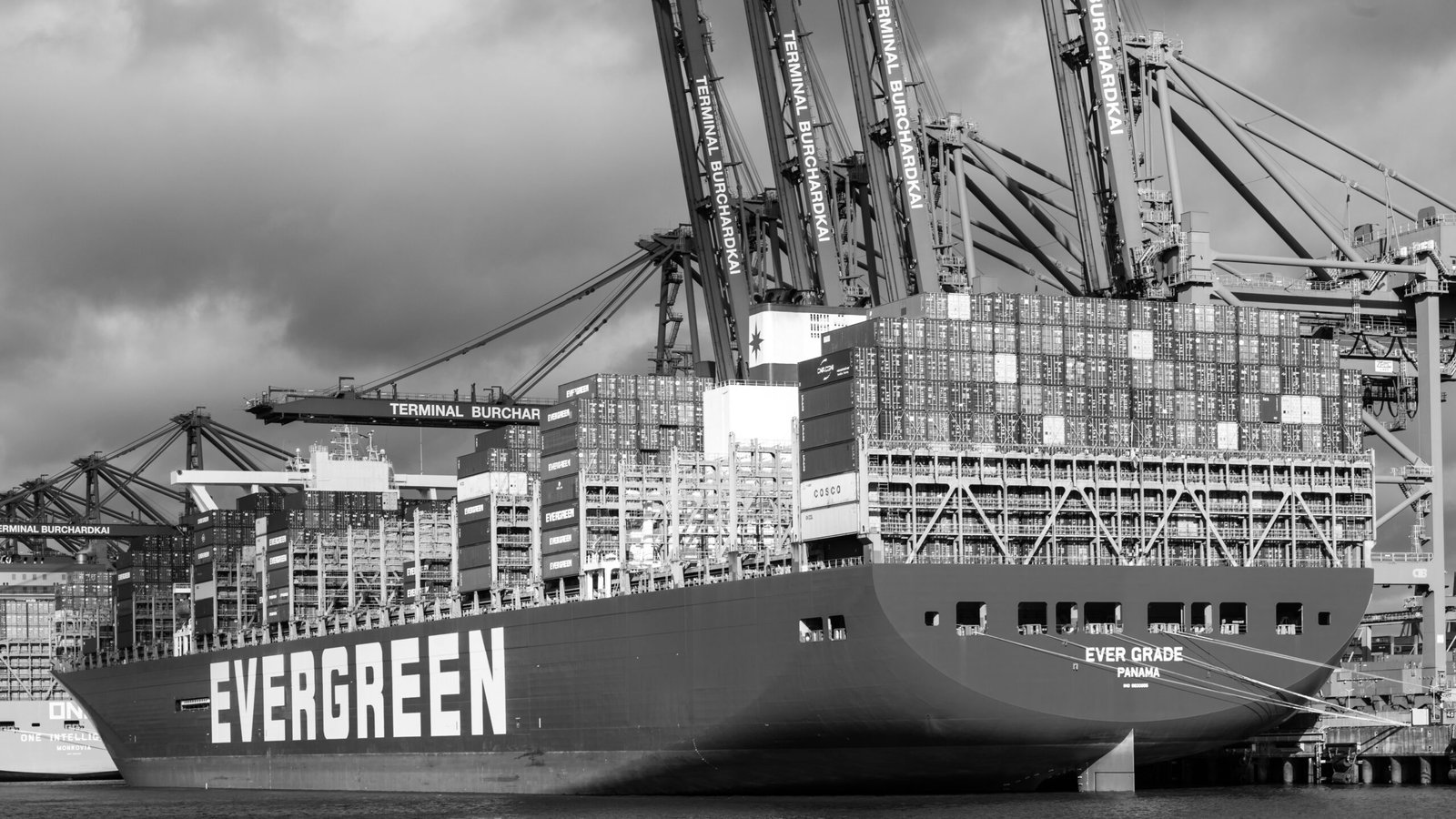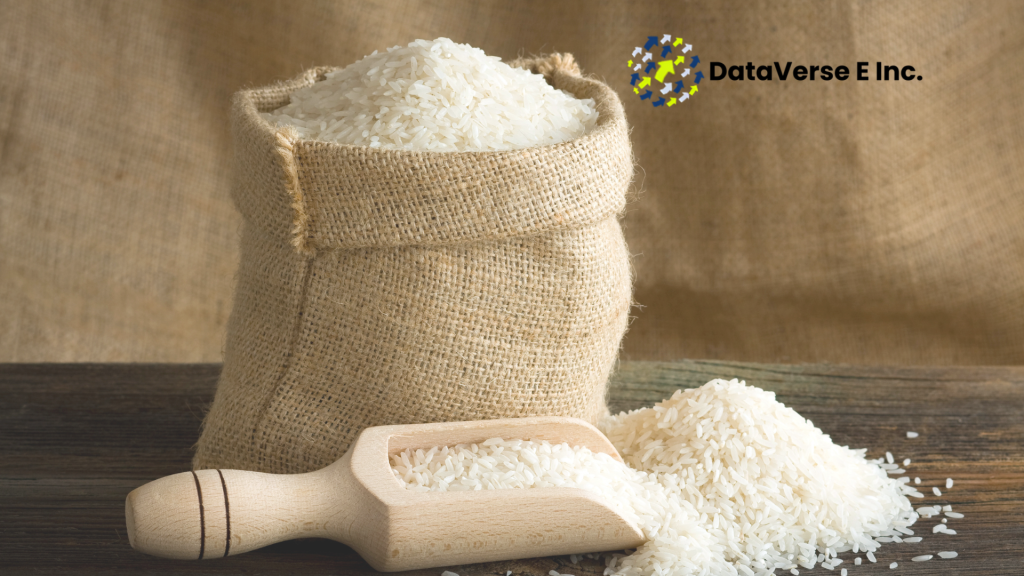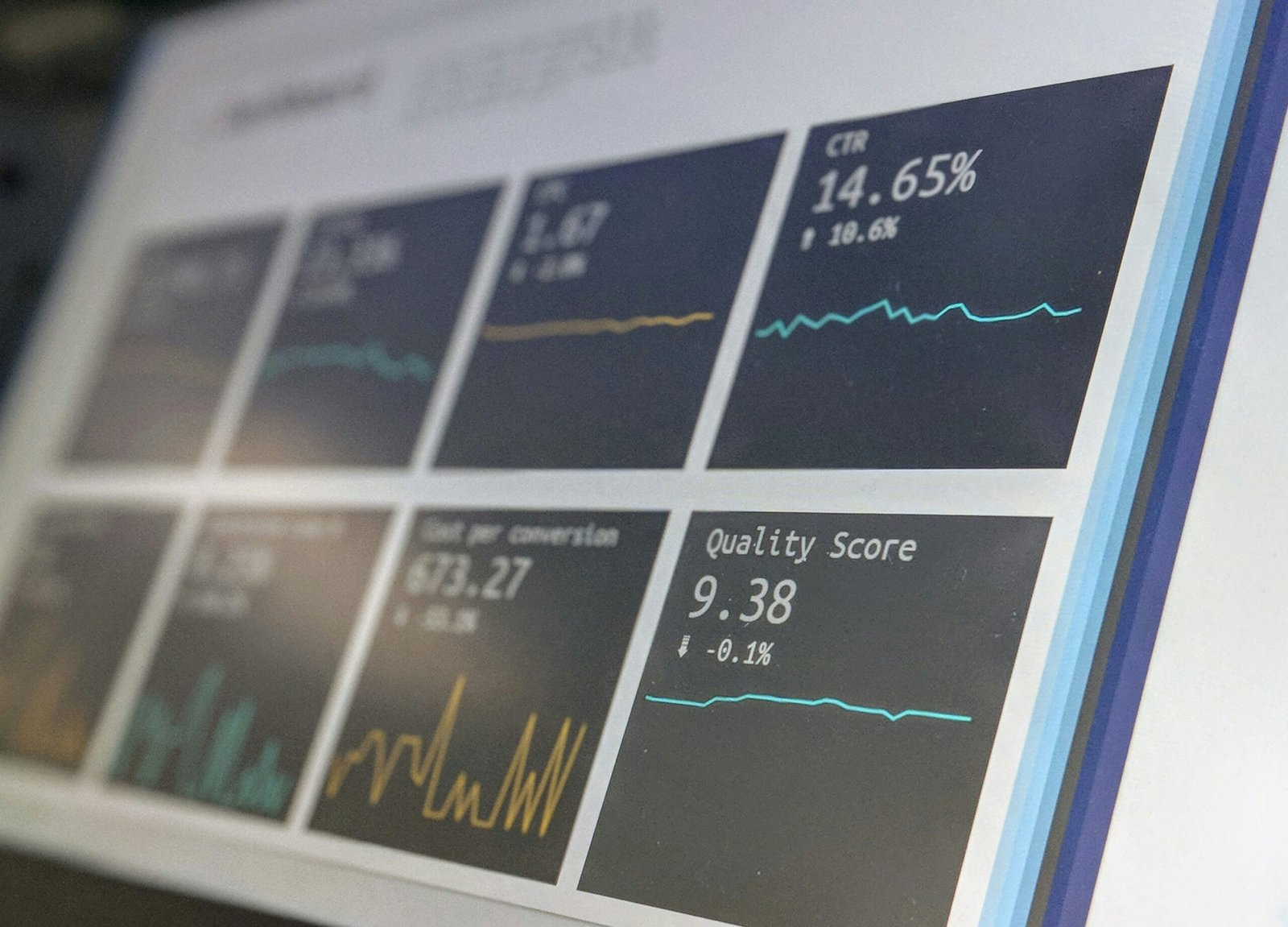Introduction to Importing Challenges
The process of importing goods is a vital component of global trade, allowing businesses to access a wider range of products and materials than are available in their domestic markets.
Importers play a significant role in facilitating international commerce, but they encounter various challenges that can impede their operations.
Understanding these challenges is essential for businesses to successfully navigate the complexities of the importing landscape.
One primary challenge faced by importers is the navigation of intricate regulations and compliance issues.
Each country has specific laws and regulations governing imports, which can vary significantly. Failure to comply with these regulations can lead to delays, penalties, or even confiscation of goods.
Thus, it is imperative for importers to stay informed about legal requirements and ensure that all pertinent documentation is accurately completed.
Another significant challenge is managing supply chain logistics.
The process of transporting goods from one country to another involves various stakeholders, including manufacturers, shippers, and customs authorities.
Coordination among these parties is crucial to avoid delays that can result in increased costs and customer dissatisfaction.
Importers must develop reliable logistics strategies and maintain open lines of communication with all involved entities to mitigate these risks.
Furthermore, fluctuations in currency exchange rates can impact the profitability of importing operations.
Currency volatility can lead to increased costs, making careful financial planning essential for importers.
Establishing robust financial management practices can help businesses hedge against these risks and maintain their profit margins.
In conclusion, recognizing and understanding the common challenges faced by importers is vital for ensuring a successful importing experience.
By proactively addressing issues related to regulations, logistical management, and financial risks, businesses can enhance their efficiency and effectiveness in the global marketplace.
Understanding Regulatory Compliance
The landscape of international trade is governed by a complex framework of regulations that importers must navigate meticulously.
These regulations vary significantly from one country to another, necessitating a comprehensive understanding of the key requirements involved in the importing process.
Among the foremost considerations are import tariffs, duties, and trade agreements that can influence pricing and compliance obligations.
Tariffs are essentially taxes imposed on imported goods, which can alter the final cost and affect business competitiveness.
It is crucial for importers to stay informed about these tariffs, as they can change frequently based on economic factors and international relations.
Papers, documentation, and other necessary requirements are also a critical aspect of regulatory compliance.
Every importer must ensure that they have the requisite customs documentation prepared and accurate to avoid delays and penalties.
This paperwork typically includes invoices, packing lists, country of origin certificates, and specific import permits where applicable.
Maintaining accurate records and thorough documentation can help streamline the importing process and serve as a safeguard against disputes or regulatory penalties.
Trade agreements are another essential component of the regulatory landscape that impacts importers.
These agreements can facilitate smoother transactions by reducing tariffs or simplifying customs procedures.
Importers should be proactive in understanding the specifics of relevant trade agreements that may benefit their business operations.
To effectively navigate these complexities, importers can adopt various strategies to ensure compliance.
Engaging the services of customs brokers who specialize in tariff classifications and regulatory requirements can provide invaluable assistance.
Additionally, ongoing education regarding relevant changes in regulations can help businesses remain vigilant and prepared.
Implementing compliance management systems allows importers to monitor their adherence to required regulations seamlessly.
By prioritizing knowledge and strategic planning, importers can not only avoid penalties but also foster a robust supply chain that enhances operational efficiency.
Managing Supplier Relationships
One of the critical challenges faced by importers is establishing and maintaining effective supplier relationships.
These relationships are pivotal, as they directly impact the quality of products, delivery times, and overall business success.
A primary hurdle importers encounter is communication barriers, which can arise from language differences or varying expectations.
This situation can lead to misunderstandings, delays, and suboptimal product outcomes.
Cultural differences also play a significant role in supplier interactions. Importers might find that their negotiating styles and business practices do not align with those of their suppliers, resulting in potential friction.
Understanding and respecting these nuances can significantly enhance collaboration.
Importers are encouraged to invest time in learning their suppliers’ cultures to foster a more harmonious working relationship.
Another challenge is maintaining stringent quality control amid the complexities of international shipping and varying standards.
Importers must ensure that the products received meet their quality requirements, which can be particularly challenging when dealing with overseas suppliers.
Regular quality assessments, clear quality expectations, and transparency in the production process are noteworthy strategies to manage this concern effectively.
To overcome these challenges, importers should adopt proactive approaches to foster collaboration and trust.
Regular communication, whether through video calls, emails, or face-to-face meetings, can bridge gaps and strengthen relationships.
Establishing a reliable feedback mechanism enables suppliers to understand expectations and improve their services accordingly.
Moreover, building long-term partnerships based on mutual benefit and transparency will create a more resilient supply chain.
By navigating the complexities of supplier relationships adeptly, importers not only enhance their operations but also contribute to a more sustainable and productive business ecosystem.
Navigating Shipping and Logistics
The shipping and logistics landscape presents a myriad of challenges for importers, making it essential to navigate these complexities with precision.
One critical aspect that importers must consider is selecting the right shipping methods, which can vary based on the type of goods being imported, delivery timelines, and budget constraints.
Importers often have to choose between air freight, which offers speed, and sea freight, known for its cost efficiency. Balancing these factors is crucial to maintaining a competitive edge in the marketplace.
Another significant component of the logistics process involves working with freight forwarders. These intermediaries play a vital role in coordinating the transportation of goods from the supplier to the importer.
However, selecting a reliable freight forwarder can be daunting, particularly for those unfamiliar with the industry.
Importers should take the time to vet potential partners, checking for credentials, experience, and customer reviews to ensure they can effectively manage shipping requirements and regulatory compliance.
Understanding the costs associated with shipping is equally important for importers.
It is vital to have a comprehensive overview of all potential expenses, which can include shipping charges, customs duties, taxes, and insurance fees.
A clear breakdown of these costs can help importers avoid unexpected financial burdens and make informed budgeting decisions.
Delays in shipping can also adversely affect importers, leading to disrupted supply chains and missed business opportunities.
Therefore, it is advisable to build in time buffers for unexpected delays and maintain open communication with freight forwarders and suppliers.
By doing so, importers can develop contingency plans and adjust their logistics strategies proactively, further streamlining their operations.
In conclusion, by carefully selecting shipping methods, partnering with reputable freight forwarders, understanding costs, and managing delays effectively, importers can navigate the complexities of shipping and logistics, ensuring a smoother import process.
Dealing with Currency Fluctuations
Currency fluctuations pose significant challenges for importers, impacting profit margins and overall business operations.
With exchange rates constantly changing, importing goods can become a financial gamble.
Companies that rely heavily on imported materials or products must develop robust strategies to mitigate these risks effectively.
One of the most widely used methods is hedging, which involves taking deliberate actions to offset potential losses in currency value.
By entering into forward contracts or options, importers can lock in exchange rates for future purchases, thus providing greater certainty regarding expenditures.
Moreover, pricing strategies can be adapted to incorporate currency risk. Importers may choose to implement dynamic pricing models that adjust the final cost of goods based on current exchange rates.
This approach ensures that profit margins are maintained even when currency values fluctuate unexpectedly. Importers could also consider setting prices in their local currency or offering contracts with fixed prices to customers that account for potential currency shifts.
This transparency in pricing helps manage customer expectations while safeguarding the business from sudden financial burdens.
Collaboration with financial institutions is another essential tactic for importers facing currency fluctuations.
Many banks provide specialized services such as currency risk management solutions that are tailored to the unique needs of importers.
These institutions can offer advice on the most efficient ways to achieve currency conversions and help establish a sustainable risk management framework.
Additionally, maintaining strong relationships with suppliers can facilitate negotiations for payment terms that are favorable and mitigate the impact of adverse currency movements.
In conclusion, while currency fluctuations present a significant challenge for importers, employing hedging strategies, implementing dynamic pricing, and collaborating with financial institutions can effectively mitigate these risks.
By proactively managing the financial uncertainties associated with currency changes, importers can protect their bottom line and enhance their competitiveness in the global marketplace.
Handling Quality Control Issues
Quality control is a critical element of the importing process, as it directly influences the satisfaction of end consumers and the overall success of importers.
Importers often face a myriad of quality issues, such as product defects, discrepancies in specifications, or failures to meet regulatory requirements.
To navigate these challenges effectively, it is essential for importers to establish clear quality standards aligned with their business objectives and target markets.
Setting quality standards begins with a thorough understanding of the products being imported. Importers must engage in thorough research to comprehend the quality expectations of their customers, as well as any applicable legal requirements.
This understanding can facilitate the development of detailed specifications that outline acceptable quality parameters.
Additionally, documenting these standards is vital for consistency, ensuring that all parties involved in the importing process, from manufacturers to customs officials, are fully aware of the expectations.
To safeguard these quality standards throughout the importing process, importers should implement robust inspection and testing strategies.
Routine on-site inspections at the manufacturing facilities can help identify potential quality issues early, enabling prompt corrective measures.
Moreover, employing third-party quality control specialists can add an independent layer of verification, ensuring that products comply with the defined standards before shipping.
Product testing upon arrival is equally crucial for confirming that goods meet the specified quality requirements.
Furthermore, maintaining open channels of communication with suppliers is essential for successful quality management.
Importers should foster collaborative relationships to facilitate ongoing quality improvements and address issues as they arise.
By proactively managing quality control, importers can mitigate risks, enhance customer satisfaction, and ultimately protect their reputation in the competitive market landscape.
Overcoming Cultural Barriers
In the realm of international trade, importers often encounter significant cultural barriers that can impact their business relationships and operations.
These challenges may manifest through differing communication styles, business practices, and social norms.
When engaging with overseas partners, importers must navigate a landscape shaped by diverse cultural backgrounds, which can sometimes lead to misunderstandings or conflicts.
One of the primary difficulties faced by importers arises from variations in communication styles.
For instance, while some cultures favor direct and clear communication, others prioritize a more indirect approach that emphasizes subtlety and context.
This divergence can lead to misinterpretations during negotiations, potentially resulting in unfavorable deals or strained business relations.
Understanding these nuances is crucial for navigating cross-cultural interactions effectively.
Additionally, differing business practices can pose challenges for importers. For example, concepts of time, hierarchy, and decision-making can vary widely between cultures.
In some cultures, punctuality and quick decision-making are highly valued, whereas, in others, a more flexible approach might be taken.
Being cognizant of these differing attitudes helps importers tailor their strategies to align with their partners’ expectations, fostering better collaboration.
To bridge these cultural gaps, importers can adopt several practical strategies. First and foremost, conducting thorough research on the cultural practices and norms of the countries they engage with is essential.
This knowledge can be invaluable when building relationships and negotiating contracts.
Additionally, employing local intermediaries or consultants who understand the cultural landscape can facilitate smoother communication and help prevent potential pitfalls.
Furthermore, fostering an environment of open dialogue and active listening fosters mutual respect and understanding among international partners.
By embracing cultural diversity, importers can not only overcome barriers but also leverage their global interactions for richer business outcomes.
Risk Management Strategies
In the import business, understanding and managing risk is crucial for success.
Importers often face potential risks that may disrupt supply chains, impact financial performance, and undermine customer satisfaction.
Therefore, identifying these risks is the first step in developing an effective risk management strategy.
Common risks include regulatory changes, supplier reliability, political instability, fluctuations in currency, and environmental factors that can affect shipment logistics.
Once risks are identified, it is essential for importers to assess their impact.
This assessment involves analyzing the likelihood of each risk occurring and the potential consequences it may have on operations.
Importers can utilize various tools and methodologies, such as risk matrices or scenario analysis, to gauge both qualitative and quantitative impacts.
This analytical approach equips importers with valuable insights and empowers them to prioritize risks based on their severity and probability.

Implementing risk mitigation strategies is the next vital step. Importers may consider diversifying their supply sources to minimize dependency on a single supplier, thereby reducing the impact of supplier failure on their operations.
Additionally, establishing strong relationships with multiple suppliers can provide greater flexibility and responsiveness in crisis situations.
Another effective approach is to stay informed and compliant with international trade regulations to avoid unexpected legal hurdles.
Furthermore, securing appropriate insurance can help safeguard against potential losses associated with cargo damage or theft during transit.
By proactively identifying potential risks, assessing their impacts, and implementing comprehensive risk mitigation strategies, importers can enhance their resilience and adaptability in the ever-evolving global trade environment.
Prioritizing risk management ultimately not only protects importers’ investments but also strengthens their overall business stability and ensures smoother operations.
Conclusion: Long-term Success in Importing
In the competitive landscape of international trade, importers often encounter a myriad of challenges that can impact their operational efficiency and profitability.
A critical takeaway is the necessity for importers to stay informed about the evolving regulations and market dynamics.
Compliance with legal and customs requirements is not merely a formality; it is a fundamental aspect that can either facilitate or hinder the importing process.
Regularly reviewing international trade laws, tariffs, and restrictions can significantly alleviate potential setbacks.
Moreover, establishing robust relationships with suppliers and logistics partners is paramount.
Communication is vital, as it fosters trust and ensures that agreed-upon terms are adhered to. Importers should consider negotiating contracts that provide flexibility in response to unforeseen circumstances such as supply disruptions or price fluctuations.
Furthermore, leveraging technology can streamline many operational tasks.
For instance, utilizing shipment tracking tools allows importers to monitor their goods in real-time, subsequently improving efficiency.
Continuous learning is also a significant pillar for success in importing.
Engaging with industry associations, enrolling in trade webcasts, and participating in relevant workshops can provide invaluable insights.
This ongoing education enables importers to remain agile, adapting their strategies based on emerging trends and best practices. Such adaptability can be the difference between long-term survival and failure in the import business.
Lastly, embracing a mindset characterized by flexibility and resilience can empower importers to navigate the cyclical nature of international trade.
Understanding that challenges will inevitably arise, and preparing to adjust plans accordingly, can set importers on a path towards enduring success.
Ultimately, by embracing these strategies and fostering an attitude of continuous improvement, importers can not only mitigate challenges but also thrive in the global marketplace.





No comment yet, add your voice below!